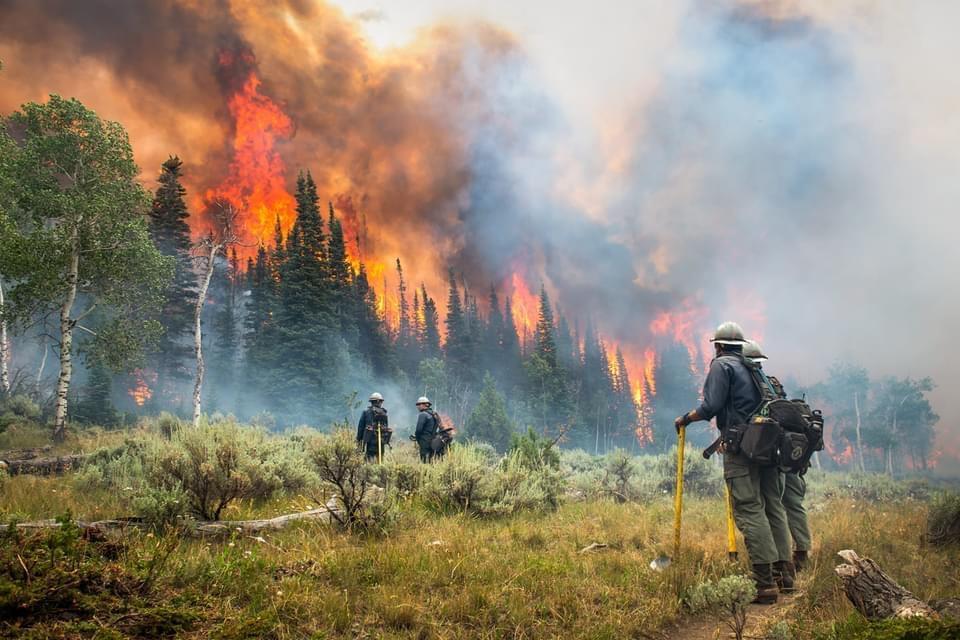
A comprehensive US government report released Nov. 21 confirmed that extreme weather linked to climate change is worsening despite drops in US greenhouse gas emissions. The report urges further action to mitigate potentially catastrophic consequences across the country.
The Fifth National Climate Assessment follows a rash of extreme weather events that have affected nearly every part of the US this year, from deadly wildfires in Maui to intense floodingin the Northeast. The assessment was mandated by the Global Change Research Act of 1990, requiring the US Global Change Research Program to deliver a report every four years. The report describes the increase in extreme weather as “unprecedented over thousands of years” and warns of “large scale changes” in temperature, sea levels, ocean acidification and rainfall patterns, “with a cascade of effects in every part of the country.”
The report makes a “conservative estimate” that extreme weather events now cost the US nearly $150 billion each year, with an increase from one billion-dollar disaster every four months to one every three weeks on average. Additionally, the assessment emphasizes the disproportionate effect that these events have had on low-income communities and minorities, including tribes and indigenous peoples who have less access to disaster relief and vital infrastructure. It further projects that the harmful impact will increase in the near term, exacerbating inequities, and threatening water supplies, agriculture, and infrastructure.
According to the document, the extreme weather is “unequivocally caused by greenhouse gas emissions from human activities.” It recommends additional mitigation strategies to supplement current ones, including the expansion of solar and wind energy, transitioning transportation systems to zero-carbon alternatives, improving urban planning, and increasing the “efficiency of food production, distribution and consumption.” The document also recommends reforestation to decrease carbon levels in the atmosphere, and the restoration of costal ecosystems to protect against storms.
Despite the bleak projections, a press statement from the White House touted its climate agenda and highlighted the reduction of US greenhouse gas emissions, while also expressing faith in the “robust scientific findings” of the new assessment. The administration announced “more than $6 billion in investments to make communities across the country more resilient to the impacts of climate change,” including investments in infrastructure, conservation, and the stated goal of reaching net-zero carbon emissions by 2050.
From Jurist, Nov. 14. Used with permission.
Note: The proliferation of extreme weather events has been described elsewhere as “global weirding.”
Photo: US Forest Service via Wikimedia Commons





The latest grim climate report from UN
Ahead of the upcoming COP28 climate summit in Dubai, the UN has issued its 2023 Emissions Gap Report, the latest such annual assessment. It shows that the globe is headed for nearly 3°C (5.4°F) of warming compared with pre-industrial levels through 2100, instead of the 1.5°C (2.7°F) agreed to at Paris in 2015. (PRI, NYT)
The global average temperature on Nov. 17 was more than two degrees Celsius hotter than pre-industrial levels for the first time on record, Europe’s Copernicus climate monitor meanwhile reports. Global temperatures on that day were 2.07 °C above the pre-industrial average, according to the EU Climate Change Service (C3S). Months of extraordinary heat are expected to make 2023 the hottest year in history, with droughts, massive wildfires and fierce storms ravaging swathes of the planet. (ScienceAlert)